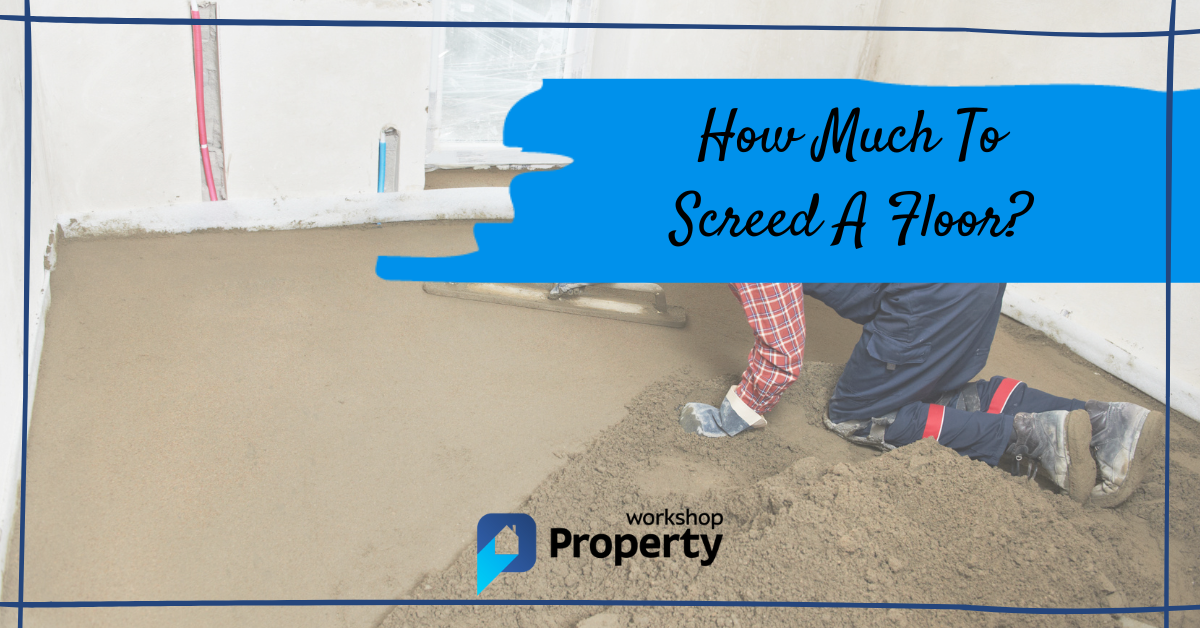Screeding levels out and smoothes the floor surface so it’s ready to install your flooring finish (e.g. laminate, carpet, tiles, etc.).
This guide on how much to screed a floor discusses floor screed costs and the advantages of hiring a professional.
In a Hurry? Find top-rated floor fitters in your area by clicking the button below:
DIY or Hire a Pro?
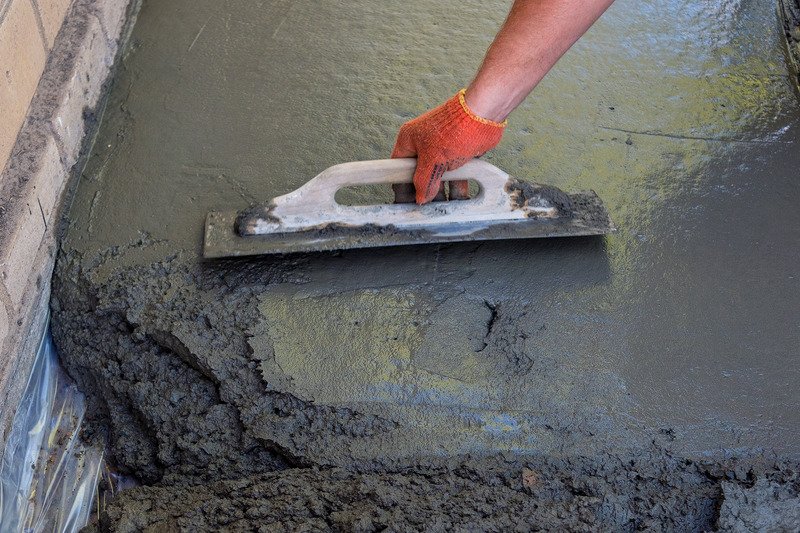
First, you need to consider whether you can do this job yourself or if you need to hire a professional. There are various tradeoffs to consider when making this decision, including your time, money, and, most importantly, the final result.
Screeding is a technical job that requires skill, experience and precision. The other important thing to consider is your time. A professional will undertake this task faster than you ever will, so let them do it.
One final thing to consider is the cost of the tools required to complete this task successfully. Good professionals already own these tools and have the know-how to use them!
After considering all the above points, I highly recommend hiring a professional to carry out this task. To find a reliable tradesperson in your area, check out Rated People.
DIY Screeding Considerations
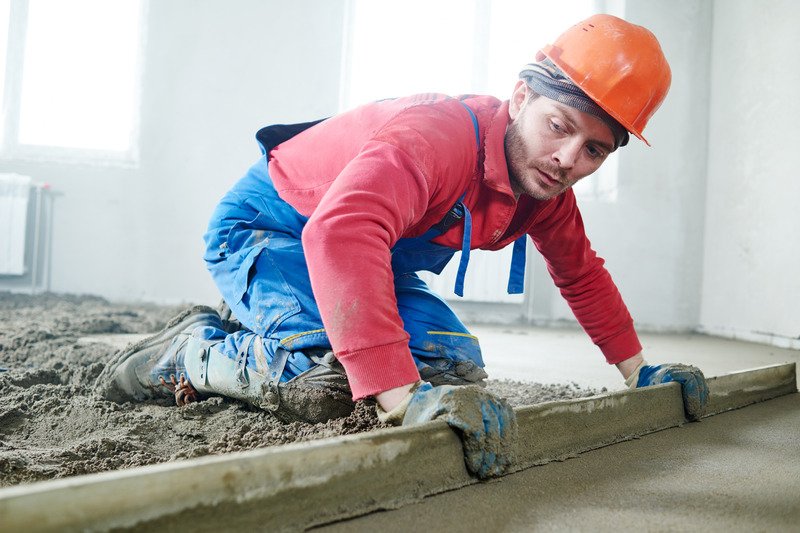
If you plan to DIY, you must consider the dangers. These may include physical injury or muscle strain from this labour-intensive work. Other potential hazards include breathing in cement dust or getting things in your eyes. You must invest in the proper PPE to avoid these dangers.
Another option worth considering is doing some preparation work and then subcontracting the other tasks requiring more skill. For example, you could mix the materials or do some cleaning and floor prep before letting the professionals lay the screed.
Tools
Below are the required tools for floor screeding:
- Cement mixer
- Wheelbarrow
- Shovel
- Bucket
- Plasterer’s trowel
- Plasterer’s float straightedge or length of timber and spirit level
Personal Protective Equipment (PPE)
Below are the required safety clothing/PPE:
- Gloves
- Safety boots
- Dust mask
- Safety goggles
- Knee pads
How Much To Screed A Floor — Key Factors Affecting Cost
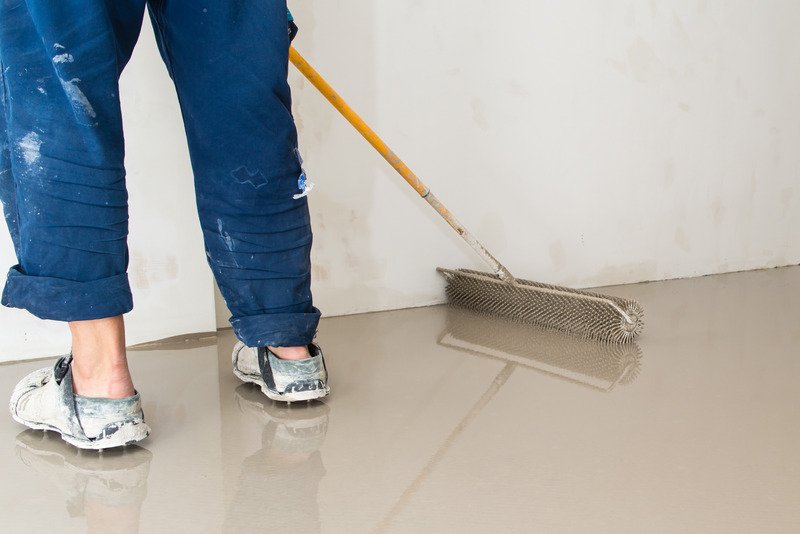
Below are the different elements you must consider when estimating screed costs:
Screed Type
There are 3 types of screed you can choose from
- Liquid screed
- Sand and cement screed
- Lightweight screed
Liquid screed is the most expensive of the 3 types above because it uses more costly materials and requires extra prep work.
Screed Depth
The deeper the screed, the more you’ll pay. However, it may not be immediately apparent what depth is needed.
For example, when first checked, a floor needing 75mm in one part may need 100mm after rechecking with a laser on another side. Uneven floors are typical, so expect varying depths when prepping the job.
Floor Size
The more extensive the floor, the more you’ll pay for materials and labour. However, quotes per square metre should reduce as the floor size increases due to economies of scale.
Location
Transportation of the materials impacts costs. To this end, looking for screeding companies in your local area is beneficial.
Drying Time
Certain types of screeding have a longer drying time than others. Most screeds recommend 24 to 48 hours of drying time. Although, some modern screed floors can dry in as little as 12 hours!
Access
If there are any issues accessing the site, including parking provisions, this will incur extra costs.
Different Types of Screeding and Their Cost
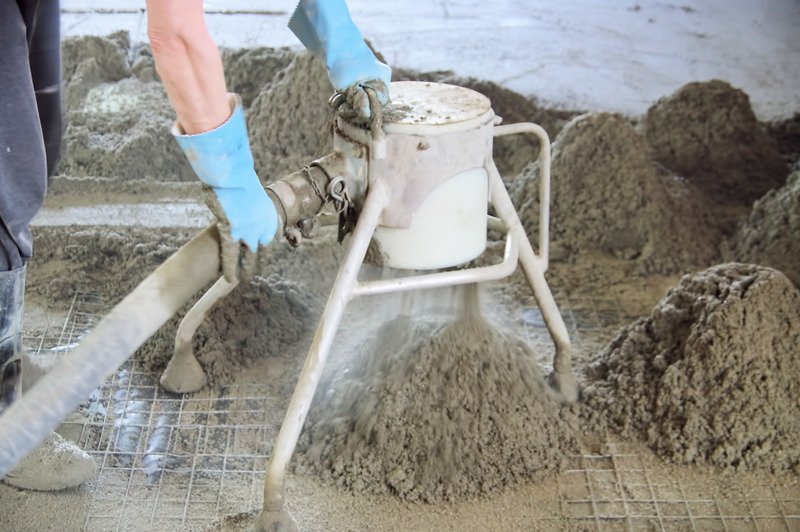
Your choice between the three main screed types will affect costs. Let’s take a closer look at each type:
1. Liquid Screed
This new form of floor screed is growing in popularity, mainly due to its quicker drying time.
It’s also beneficial for use with underfloor heating due to how quickly the heat transfers through the material. Liquid screed leaves no air gaps, which slow or prevent heat transfer.
Also, you can apply liquid screed (aka flowing screed) much more thinly without losing strength. However, it’s still more expensive due to the material costs and application requirements. Therefore, liquid screed is the premium option.
Benefits of Liquid Screeding:
- Faster to apply than traditional methods
- More energy efficient than other forms
- More flexible to use
Liquid screeding costs between £18–£24 per m2
2. Sand and Cement Screed
Sand and cement floor Screed is made from sharp sand, cement, and minimal water. It’s the best choice for floors requiring a slight slope to help drainage.
You can lay this type of floor screed unbonded or bonded. The unbonded screed is fitted on a damp-proof membrane, separating the screed from the concrete. It’s called unbonded because it does not contact the substrate, so there is no ‘bond’ between them.
Conversely, bonded screed is entirely bonded to the substrate with an adhesive. Bonded screed is typically the choice of screed when heavy loads are involved.
Benefits of sand and cement screed:
- Lays into falls (slopes) that help drain water
- You can lay sand and cement screed unbonded, partially bonded, or fully bonded
- Reinforcements, if needed, can be added manually
Sand and Cement screeding costs between £14–£18 per m2
3. Lightweight Screed
Builders typically use this screed when less thickness is required, i.e. between 20mm and 50mm.
It’s worth noting that the surface finish is not as smooth as the first two options because of the lightweight nature of this screed type.
Benefits of lightweight screed:
- Lower weight
- Less sound emission on impact when applying
- Less chance of breaking into smaller pieces on impact.
Lightweight screeding costs between £12–£15 per m2
| Type of Screed | Pros | Cons | Price per m2 |
|---|---|---|---|
| Liquid Screed | Lots of Prep needed Needs a specialist to apply Expensive | Lots of Prep needed Needs a specialist to apply Expensive | £18–24 |
| Sand and Cement Screed | Less skill to apply Less prep needed | Patchy quality Self-levelling needed | £14–18 |
| Lightweight Screed | Lower weight Less chance of breaking up Most Affordable | Less hardwearing Not as good a finish | £12–15 |
Builder Costs for Floor Screeding
Builders charge per square metre of screed laid or a day rate for the work.
Typically, builders charge between £10–£12 per m2. Alternatively, they can charge between £100–£120 per day, with an average-sized room taking 6–7 hours.
However, some factors may impact this cost. For example, the builder has to remove old tiles or dispose of the debris before screeding. While we recommend hiring a professional to do the screeding, it’s a good idea to do this preparation work yourself.
The type of screed you use (as discussed above) also impacts the costs. Note that quicker drying screed reduces labour time, making it cheaper.
Pro Tip: Your builder should provide an appropriate guarantee and insurance for the job. Do not accept any professional who can’t provide these documents.
Cost of Screeding Floor — General Advice and Tips
How Much Does Screeding Cost?
To give you an idea of how much a screeding job costs, consider the following points:
- Material Costs — Measure the length and width of the floor. Then, apply the costs as shown in the table above. Remember to factor in delivery costs.
- Labour Costs — Typically, a gang of two people lays 150m2 per day. A good screeder and labourer costs between £200 and £300 per day.
- Margins — Make sure the builder’s markup isn’t too high based on your loose calculations. However, be reasonable here. Remember that the builder must cover overheads such as van hire, pension, tax, training, advertising, etc.
How Much Screed Do You Need?
To determine how much screed you need, follow the steps below:
- Measure the length and width of the floor
- Calculate the required screed thickness. The floor may not be even, so the required thickness for one side might not be the same as for the other. For accurate measurements, consider using a laser measurement tool.
- Work out the sand-to-cement ratio if you choose this screeding type.
How to Prepare a Floor for Screeding
Before applying screed, remove all the furniture and skirting boards from the room.
Get a dustpan and brush and remove any dirt and debris from the base floor. This step is critical as it improves the screed’s adherence to the floor.
After sweeping, clean away any oil or grease stains from the surface and wait at least 24 hours before screeding.
Preparation can vary depending on the desired floor finish (e.g. rough or smooth). Also, you must consider the depth of the screed based on its fragility. Remember to fill holes deeper than 5mm and level them with a trowel.
Don’t fancy doing this job yourself? Find top-rated floor fitters in your area by clicking the button below:
Final Thoughts
As we have seen, several factors impact the cost of screeding.
You must first decide which type of screeding you want. I.e. Liquid, Sand and Cement or Lightweight Screed.
Next, you must decide whether to go Pro or DIY. At PWS, we highly recommend hiring a professional for this highly skilled job. Furthermore, we recommend using Rated People to find the perfect tradesperson in your local area.
FAQ
Below are answers to frequently asked questions about screeding costs.
How much to screed a floor?
The cost of screeding a floor depends on several different factors. Firstly, it depends on the type of screed you want to use.
Liquid or flowing screed is quicker but costs more due to the materials and skill required. Sand and Cement is the more traditional way of screeding a floor and is cheaper.
Secondly, the thickness of the screed impacts how much you’ll pay to screed a floor. Remember, the thickness may not be the same throughout the floor and must be measured accordingly.
Thirdly, the size of the screeding area also impacts the cost. I.e. the more extensive the floor area, the more it costs. However, the price per square metre drops as the size increases.
Finally, the drying time impacts the price. I.e. if there’s a longer drying time and you’re paying a day rate (as opposed to per square metre), this could cost more.
How much is screeding per square metre?
This cost varies depending on what type of screeding you’re using.
Liquid screed is the most expensive and typically costs between £18 and £24 per m2 (although some bonding screed jobs can be as much as £35).
The more traditional sand and cement screed is cheaper and costs between £14 and £18.
Lightweight screed is the most affordable, typically costing between £12 and £15.
Most builders can lay between 150–300m2 per day if charged a daily rate.
Is screed flooring expensive?
The average UK house stands at 67m2. So if you wish to screed the floor of your house, this typically costs between £804 and £1,608.
How much does it cost to level a floor?
Costs include materials and (depending on whether you decide to DIY or go Pro) the price of tools. Use the guide above to calculate the overall price.

